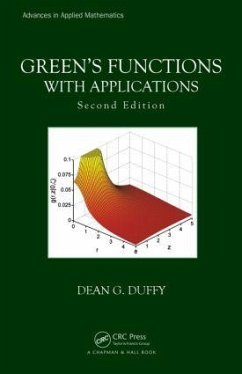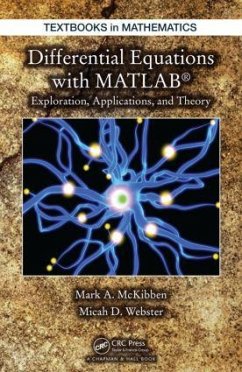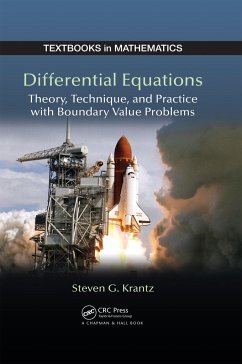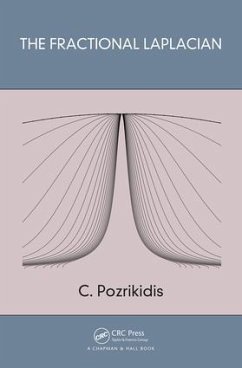
Handbook of Applications of Chaos Theory

PAYBACK Punkte
140 °P sammeln!
In addition to explaining and modeling unexplored phenomena in nature and society, chaos uses vital parts of nonlinear dynamical systems theory and established chaotic theory to open new frontiers and fields of study. This handbook covers the main parts of chaos theory along with various applications to diverse areas. It shows how chaos theory is used to model unexplored cases and stimulate new applications. The book discusses applications of chaos theory in biology, medicine, mechanical sciences, pattern recognition and encryption systems, socioeconomic and human sciences, and music.













